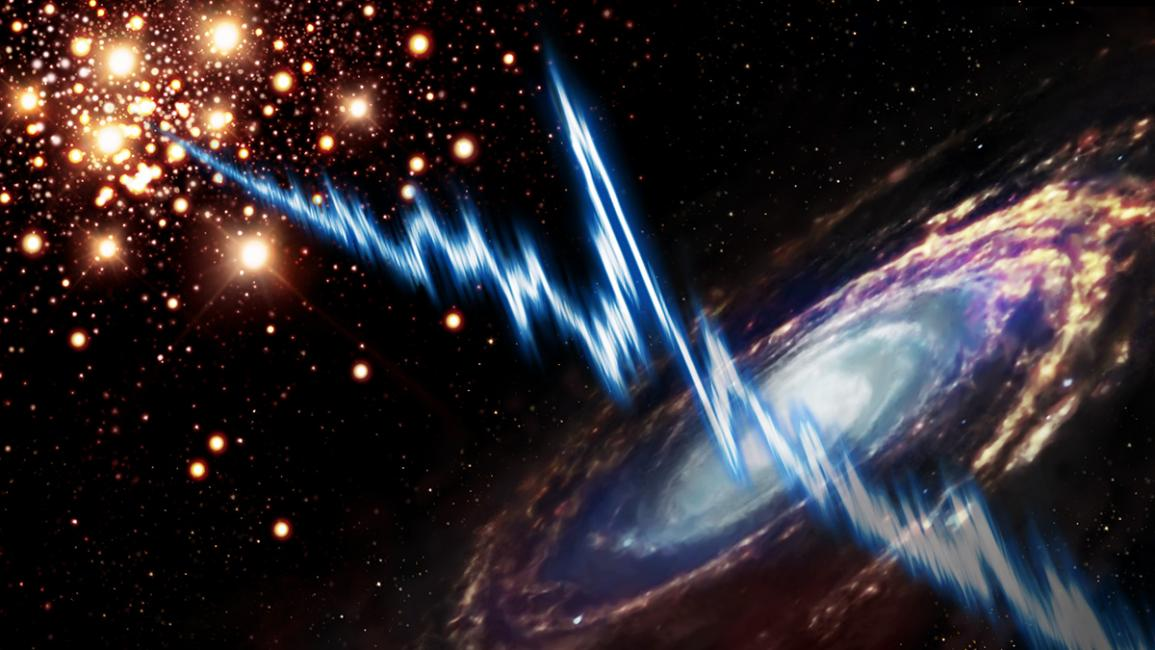
Fast radio bursts are unpredictable, extremely short flashes of radio from space. Each flash lasts only thousandths of a second. Yet each one sends out as much energy as the Sun gives out in a day. Several hundred flashes go off every day. Most lie at huge distances from Earth, in galaxies billions of light years away. Astronomers have struggled to understand the origin of the fast radio bursts ever since they were first discovered in 2007.
Recently, the radio astronomy research group from Xinjiang Astronomical Observatory (XAO), Chinese Academy of Sciences, operated the NanShan 26-m Radio Telescope (NSRT) to participate in the Very Long Baseline Interferometry (VLBI) campaign. The campaign is carried out by an international research team lead by Dr. Franz Kirsten from Chalmers University of Technology.
Related results were published in Nature and Nature Astronomy.
As one of the significant telescopes in improving the precision of localizing fast transients, the NSRT was involved in this research by contributing plenty of observing time.
The researchers combined measurements from 12 telescopes spread across half of the globe, and pinpointed a FRB's location in the sky with extreme precision.
It's a repeating burst source discovered in January 2020 in the constellation of Ursa Major, the Great Bear. Bursts were traced to the outskirts of the nearby spiral galaxy Messier 81 (M81), about 12 million light years away. That makes it the closest ever detection of a source of fast radio bursts.
There was another surprise in store. The location matched exactly with a dense cluster of very old stars, known as a globular cluster. The flashes flickered in brightness within as little as a few tens of nanoseconds.

Extremely fast radio signals from a surprising source. A cluster of ancient stars (left) close to the spiral galaxy Messier 81 (M81) is the source of extraordinarily bright and short radio signals. The image shows in blue-white a graph of how one flash’s brightness changed over the course of only tens of microseconds. (Image by Daniëlle Futselaar/ASTRON, artsource.nl.)

86-10-68597521 (day)
86-10-68597289 (night)

52 Sanlihe Rd., Xicheng District,
Beijing, China (100864)

